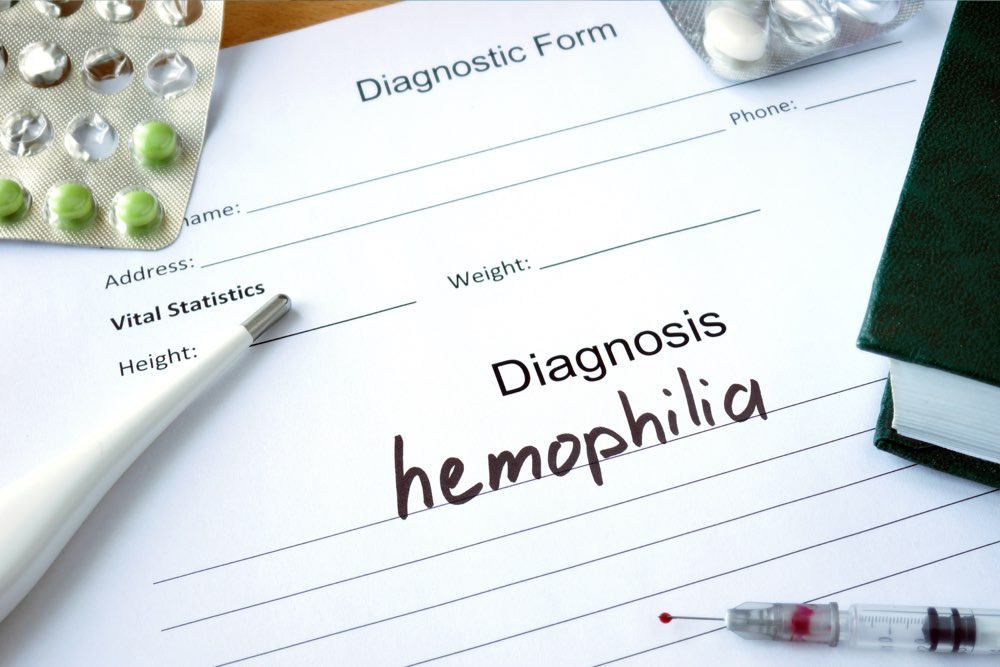Effective Strategies to Prevent Hyponatremia and Maintain Healthy Sodium Levels
This comprehensive guide outlines effective strategies to prevent hyponatremia by managing underlying health issues, understanding medication effects, and practicing proper hydration during physical activities. Tiny adjustments in hydration habits, awareness of electrolyte needs, and regular health monitoring can significantly reduce the risk of dangerously low sodium levels, promoting overall health safety for athletes and health-conscious individuals. Learn how to maintain optimal sodium levels to stay healthy and active, especially during intensive activities or medical conditions.

Effective Strategies to Prevent Hyponatremia and Maintain Healthy Sodium Levels
Hyponatremia is a medical condition characterized by abnormally low sodium concentrations in the bloodstream. Sodium is an essential mineral that helps regulate water balance, support nerve function, and facilitate muscle contraction. When sodium levels drop too low, it can lead to a range of health issues, from mild symptoms like nausea and dizziness to severe complications such as seizures, coma, or even death. Recognizing how to prevent hyponatremia is crucial for individuals engaged in physical activities, athletes, or those with certain medical conditions. Proper education, proactive health management, and attentive hydration strategies are key components in maintaining optimal sodium levels and safeguarding overall health.
Understanding Hyponatremia and Its Risks
Hyponatremia occurs when the body's sodium levels fall below the normal range, typically less than 135 milliequivalents per liter (mEq/L). This imbalance is often caused by excessive water intake diluting sodium concentrations, inadequate sodium intake, certain medications, or underlying health conditions. Athletes, particularly marathon runners or those involved in vigorous sports, are at increased risk due to excessive sweating coupled with improper hydration. Additionally, individuals with kidney problems, adrenal insufficiency, or thyroid disorders are more vulnerable to developing hyponatremia. Recognizing the signs early, such as nausea, headache, confusion, or muscle cramps, can prompt timely intervention and prevent serious complications.
Practical Strategies to Prevent Hyponatremia
There are numerous strategies individuals can adopt to prevent hyponatremia and ensure their sodium levels remain within a safe range. These steps revolve around managing underlying health issues, being informed about medication effects, practicing proper hydration techniques during physical activities, and choosing electrolyte-rich beverages appropriately.
Manage Underlying Health Conditions Effectively
Address chronic health issues
Chronic health conditions such as adrenal insufficiency, hypothyroidism, or kidney disorders can disrupt sodium balance and increase hyponatremia risk. Regular medical check-ups and adhering to prescribed treatment protocols are essential. Proper management of these ailments not only stabilizes sodium levels but also enhances overall well-being. For example, individuals with adrenal problems should work closely with healthcare providers to monitor hormone levels and optimize therapy, reducing the likelihood of electrolyte disturbances.
Stay Informed About Medication Side Effects
Consult your healthcare provider before starting new medications
Many prescription drugs can influence sodium levels, particularly diuretics, antidepressants, and certain pain relievers. Before initiating any new medication, discuss potential side effects related to electrolyte imbalances with your doctor. Monitoring sodium levels through routine blood tests can help detect early signs of hyponatremia, allowing for timely adjustments in medication or dosage to prevent complications.
Hydrate Smartly During Physical Activities
Prioritize electrolyte-rich drinks over plain water during intense exercise
During activities such as long-distance running, cycling, or outdoor sports in hot weather, electrolyte losses through sweating can lead to dangerous sodium depletion. Simply drinking plain water may dilute remaining sodium, exacerbating hyponatremia risk. Instead, athletes should opt for sports drinks containing appropriate levels of sodium, potassium, and other electrolytes. These beverages help replenish sodium reserves, maintain fluid balance, and improve physical performance. It is also important to hydrate at regular intervals, listening to the body's thirst cues, rather than over- or under-consuming fluids.
Consume Electrolyte Drinks During Demanding Workouts
Use electrolyte supplements or drinks to restore sodium and other minerals
Extended periods of strenuous exercise or sweating heavily can lead to significant mineral depletion. To prevent hyponatremia, incorporate electrolyte-enriched drinks during and after physical activity. These drinks facilitate quicker recovery of sodium levels and help avert dangerous drops in electrolyte concentration. For those who prefer natural options, foods like salted nuts, cheese, pickles, and homemade electrolyte solutions can also provide sodium and other vital minerals.
Practice Appropriate Hydration and Recognize Thirst Signals
Listen to your body and monitor urine color to maintain balance
Proper hydration is crucial for overall health, but overhydration can be just as hazardous as dehydration. A simple way to monitor hydration status is observing urine color—pale yellow indicates adequate hydration, while dark urine suggests dehydration. Conversely, very clear or excessive urination could indicate overhydration, risking hyponatremia. Aim to hydrate consistently throughout the day, especially during hot weather or physical exertion, and balance water intake with electrolyte consumption. This mindful approach ensures optimal hydration and minimizes electrolyte imbalance risks.
Conclusion: A Proactive Approach to Sodium Balance
Preventing hyponatremia requires a comprehensive understanding of your health, lifestyle, and activity level. By managing existing health conditions, being cautious with medications, hydrating intelligently during exercise, and choosing electrolyte-rich beverages, individuals can significantly reduce their risk. Regular health monitoring and listening to your body's signals are vital for maintaining proper sodium levels. Education and proactive measures empower people to stay safe and healthy, especially those engaged in intense physical activities or managing chronic illnesses. Remember, maintaining a balanced sodium level is fundamental to overall health, supporting vital bodily functions and preventing potentially life-threatening conditions.





